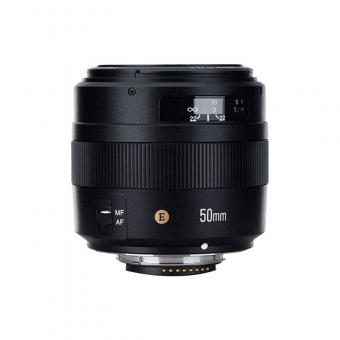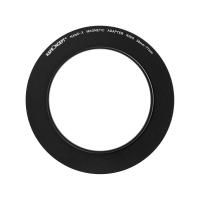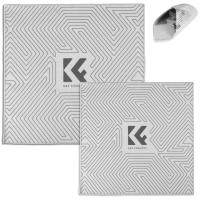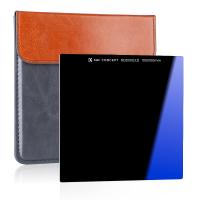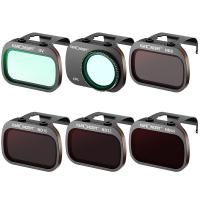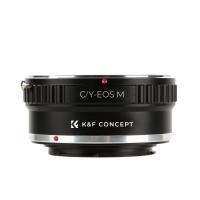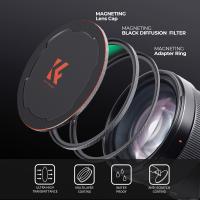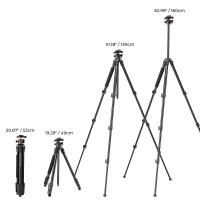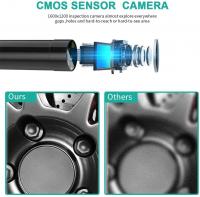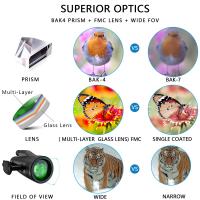When Did The First Digital Camera Come Out ?
The first digital camera was invented in 1975 by Steven Sasson, an engineer at Eastman Kodak.
1、 Invention of the first digital camera (1975)
The invention of the first digital camera can be traced back to 1975. Steven Sasson, an engineer at Eastman Kodak, is credited with creating the first digital camera prototype during this time. This early digital camera was far from the sleek and compact devices we are familiar with today. It was a bulky and heavy contraption that captured black and white images with a resolution of 0.01 megapixels. The images were stored on a cassette tape, and it took a whopping 23 seconds to record a single image.
Since then, digital cameras have come a long way in terms of technology and design. The 1990s saw significant advancements in digital camera technology, with the introduction of color sensors and higher resolution capabilities. This led to the popularity and widespread adoption of digital cameras among consumers.
In recent years, the rise of smartphones with built-in high-quality cameras has revolutionized the photography industry. These devices have become the primary tool for capturing and sharing images for many people. The convenience and accessibility of smartphone cameras have made photography more accessible to the masses, leading to a surge in the number of photographs being taken and shared worldwide.
Furthermore, advancements in digital camera technology continue to push the boundaries of what is possible. Today, we have digital cameras with incredibly high resolutions, fast autofocus systems, and advanced image stabilization capabilities. Mirrorless cameras have also gained popularity, offering compactness and versatility without compromising on image quality.
In conclusion, the first digital camera was invented in 1975, but since then, digital cameras have undergone significant advancements in technology and design. The rise of smartphones has also had a profound impact on the photography industry. As technology continues to evolve, we can expect further innovations in digital camera technology, making photography even more accessible and exciting for everyone.
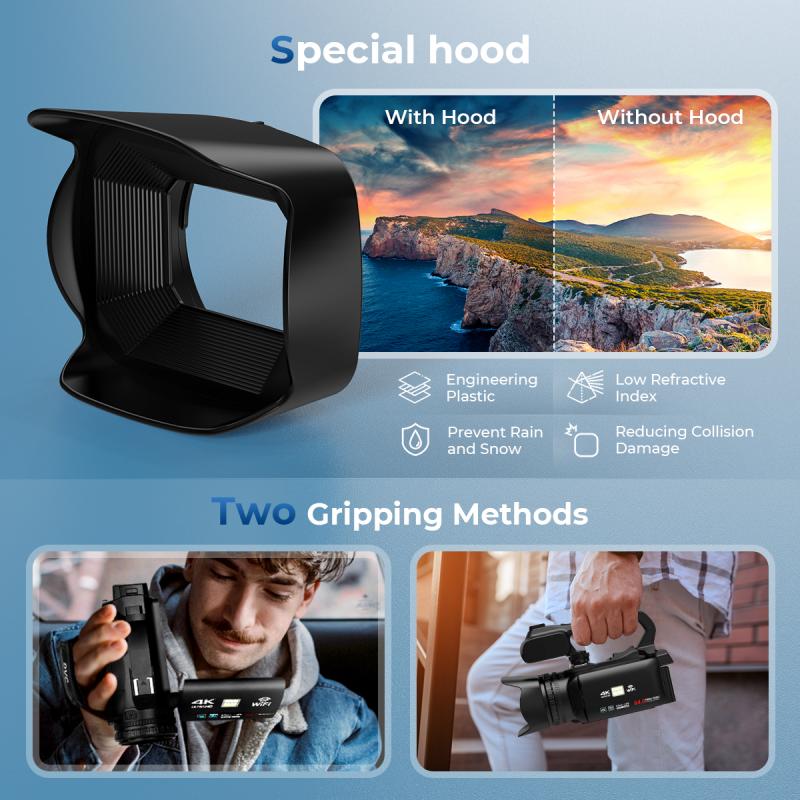
2、 Development of the first consumer digital camera (1990s)
The first consumer digital camera was developed in the 1990s, marking a significant milestone in the history of photography. This revolutionary device paved the way for the digital age, transforming the way we capture, store, and share images.
The first digital camera, known as the "DS-1P," was introduced by Kodak in 1991. It featured a resolution of 0.1 megapixels and had a price tag of around $13,000. While this early digital camera was far from perfect, it laid the foundation for future advancements in digital imaging technology.
Over the next decade, digital cameras rapidly evolved, with improvements in image quality, resolution, and affordability. In 1994, Apple released the QuickTake 100, which was one of the first consumer-friendly digital cameras. It had a resolution of 0.3 megapixels and could store up to eight images.
As the technology progressed, digital cameras became more accessible to the general public. Companies like Canon, Nikon, and Sony entered the market, introducing a wide range of digital cameras with higher resolutions and advanced features. By the late 1990s, digital cameras were becoming increasingly popular, although film cameras still dominated the market.
In the early 2000s, digital cameras started to surpass film cameras in terms of sales and popularity. The introduction of compact digital cameras with higher resolutions and more user-friendly interfaces played a significant role in this shift. Additionally, advancements in image sensor technology and image processing algorithms improved the overall image quality of digital cameras.
Today, digital cameras have become an integral part of our lives. With the rise of smartphones, almost everyone has a capable digital camera in their pocket. The latest smartphones boast impressive camera capabilities, with resolutions exceeding 100 megapixels and advanced features like optical zoom and image stabilization.
In conclusion, the development of the first consumer digital camera in the 1990s marked the beginning of a new era in photography. Since then, digital cameras have come a long way, evolving into powerful devices that have revolutionized the way we capture and share images.

3、 Introduction of the first commercially successful digital camera (1994)
The first commercially successful digital camera was introduced in 1994, marking a significant milestone in the history of photography. This groundbreaking invention revolutionized the way we capture, store, and share images. Before the advent of digital cameras, photography relied on traditional film-based cameras, which required the use of physical film rolls and chemical processing.
The introduction of the digital camera brought about a paradigm shift in the industry. It allowed users to capture images electronically, eliminating the need for film and enabling instant image preview and storage. This breakthrough technology opened up new possibilities for photographers, professionals, and amateurs alike.
Since its inception, digital photography has continued to evolve rapidly. The early digital cameras were bulky and had limited capabilities compared to their film counterparts. However, advancements in technology have led to significant improvements in image quality, resolution, and functionality. Today, digital cameras are compact, lightweight, and offer a wide range of features, including high-resolution sensors, advanced autofocus systems, and various shooting modes.
Furthermore, the integration of digital cameras with smartphones has further transformed the photography landscape. With the rise of smartphones, almost everyone now has a capable camera in their pocket, allowing them to capture and share moments instantly. The convenience and accessibility of smartphone cameras have made photography more accessible to the masses, leading to a surge in the number of photographs being taken and shared worldwide.
In recent years, we have witnessed the emergence of mirrorless cameras, which offer the benefits of digital photography in a more compact and versatile form factor. These cameras have gained popularity among professionals and enthusiasts due to their superior image quality, interchangeable lenses, and advanced features.
In conclusion, the introduction of the first commercially successful digital camera in 1994 marked a turning point in the history of photography. Since then, digital photography has undergone significant advancements, leading to the widespread adoption of digital cameras and the integration of photography into everyday life. The continuous evolution of digital camera technology promises exciting possibilities for the future of photography.

4、 Evolution of digital camera technology in the early 2000s
The first digital camera was introduced to the world in the early 1970s. However, it was not until the early 2000s that digital camera technology truly began to evolve and become more accessible to the general public.
In the early 2000s, digital cameras started to gain popularity as they became more affordable and offered improved image quality. One of the significant advancements during this time was the increase in megapixel count, allowing for higher resolution images. This meant that users could capture more detailed and sharper photographs.
Another notable development was the introduction of compact digital cameras. These smaller and more portable devices made it easier for people to carry a camera with them at all times, leading to a rise in casual photography. Additionally, manufacturers started to incorporate LCD screens on the back of cameras, allowing users to preview and review their images instantly.
As the early 2000s progressed, digital cameras continued to improve in terms of features and functionality. The introduction of optical zoom lenses provided users with the ability to zoom in on subjects without sacrificing image quality. Furthermore, advancements in image processing technology led to better noise reduction and color accuracy.
In recent years, the evolution of digital camera technology has seen the integration of Wi-Fi and Bluetooth connectivity, enabling users to instantly share their photos on social media platforms or transfer them wirelessly to other devices. Additionally, the rise of smartphone cameras has revolutionized the photography industry, with many people now relying solely on their smartphones for capturing and sharing images.
Overall, the early 2000s marked a significant turning point in the evolution of digital camera technology. From the introduction of compact cameras to the improvement of image quality and the integration of advanced features, these advancements laid the foundation for the digital photography revolution we see today.

















